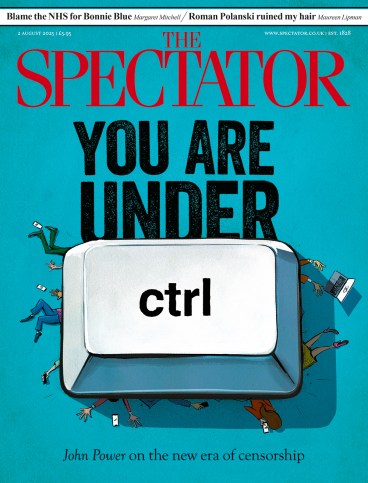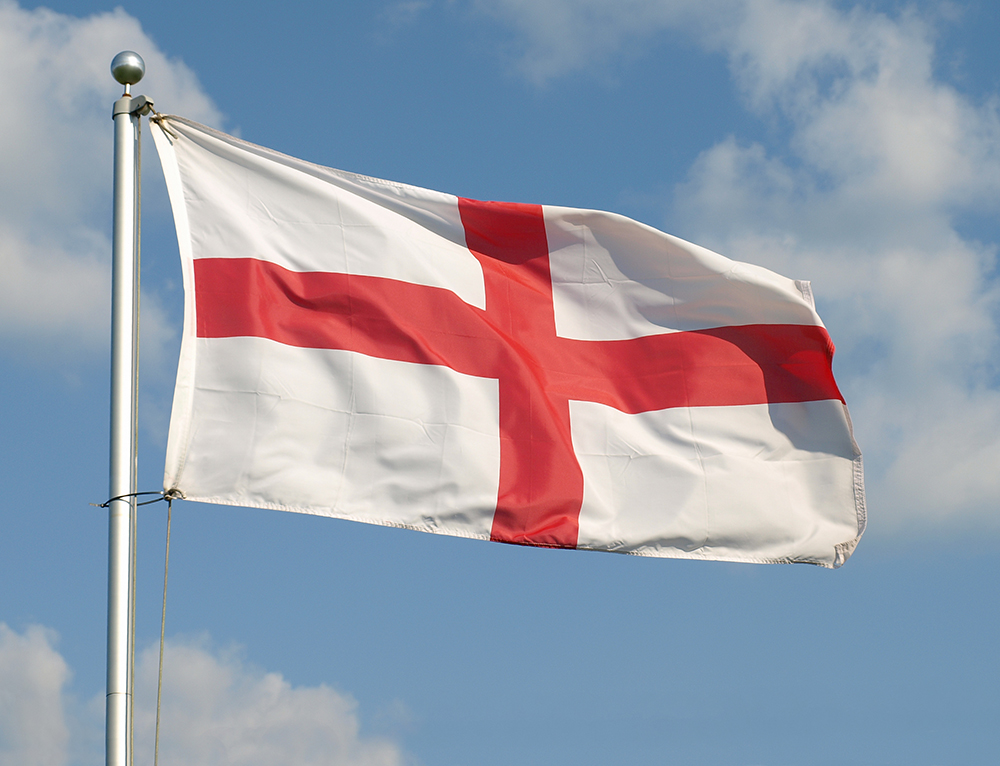
In our electronic age it hardly comes as a surprise that Pat MacFadden’s Cabinet Office intends to do away with the use of seals on most official documents, such as grants of patents to inventors. Old-fashioned wax seals, hanging from the bottom of parchment documents, may be seen as cumbersome, but most sealings nowadays consist of an embossed impression on a thin wax wafer.
I used to seal documents myself when I occupied the ancient office of ‘Registrary’ in my Cambridge college. Most memorable was the sale of land the college had owned in Rickmansworth since the 16th century – by now a muddy private road thought too costly to maintain. And last week, when the name of a new Chancellor of Cambridge was proclaimed, we were told that ‘in evidence of which we have caused these our Letters Patent to be created, and the Common Seal of said University to be affixed to them’. Sealing these documents conveyed authenticity, but also conferred solemnity.
Four thousand years ago, any Babylonian worth his salt carried a small cylinder seal with which he could certify valuable packages and documents. In England, the custom of officially sealing documents can be traced back beyond 1066, to the reign of Edward the Confessor, so it is appropriate to hesitate before dismissively approving the abandonment of seals.
Abolition will not be total. There are certain documents which will still require a proper royal seal, such as letters patent creating peers of the realm. Here colour coding comes into play. Those seals are green. Documents concerning the royal family have blue seals. The appointment of bishops merits a vermilion seal, and red is the colour of most full-scale sealings using melted beeswax (or artificial substitutes). Royal seals are magnificent double-sided objects; the matrix from which the impression is made is a closeable metal box, and they hang from the document rather than being stamped upon it. They are symbols of power and are designed to impress.
A real lumpy wax seal issued by sovereign authority was not usually a free gift. Medieval Italian cities that begged for privileges from the Holy Roman Emperor had to pay handsomely for whatever sealed documents they managed to obtain, leaving them disgruntled and rebellious. Churning out mountains of sealed documents was a valuable money-spinner for the medieval papacy. Clients paid well above the already substantial cost of producing a handwritten document on expensive, good quality parchment, and the wax used in the seal was not cheap.
To acquire the best wax it was necessary to turn to lands beyond the authority of popes and emperors – to Muslim North Africa and Mongol Crimea, where Venetian and Genoese merchants made fat profits exporting blocks of beeswax to Europe. Most of it was dispersed into the atmosphere as candle wax (smelly tallow being impermissible in churches), but much of the rest survives as wax seals appended to charters.
Fleeing from England in 1688, following a disastrous reign and William of Orange’s invasion, King James II supposedly dropped the royal seal into the mud of the Thames so that his rival could not gain control of it. He understood better than Pat MacFadden that wax seals are, and always have been, the ultimate guarantee of authority.








Comments